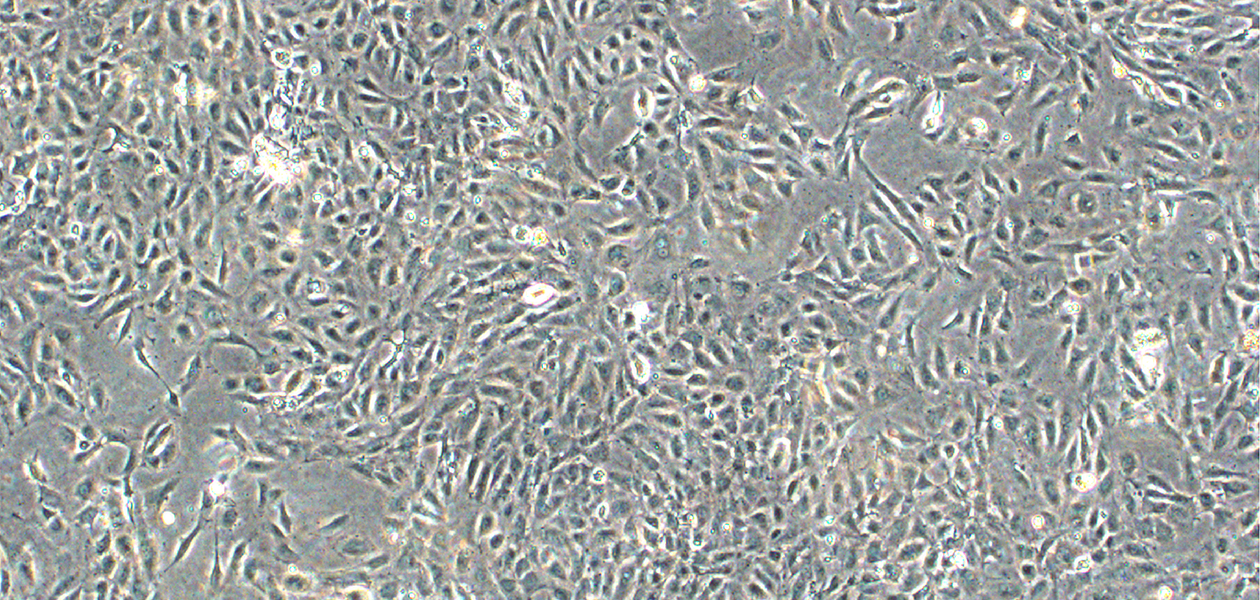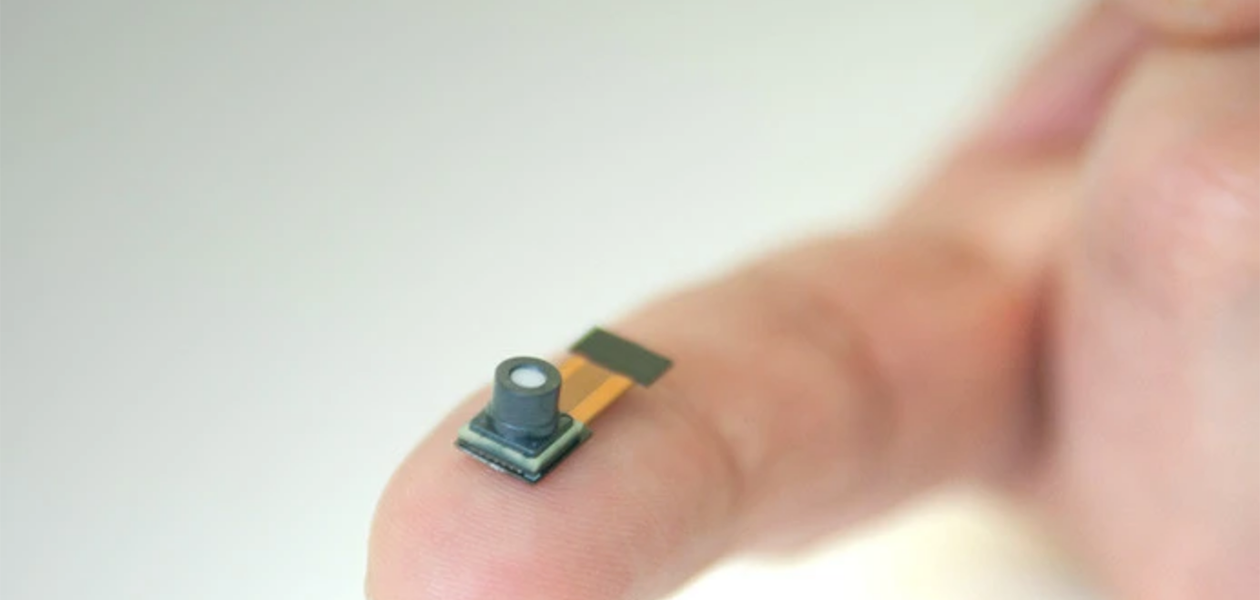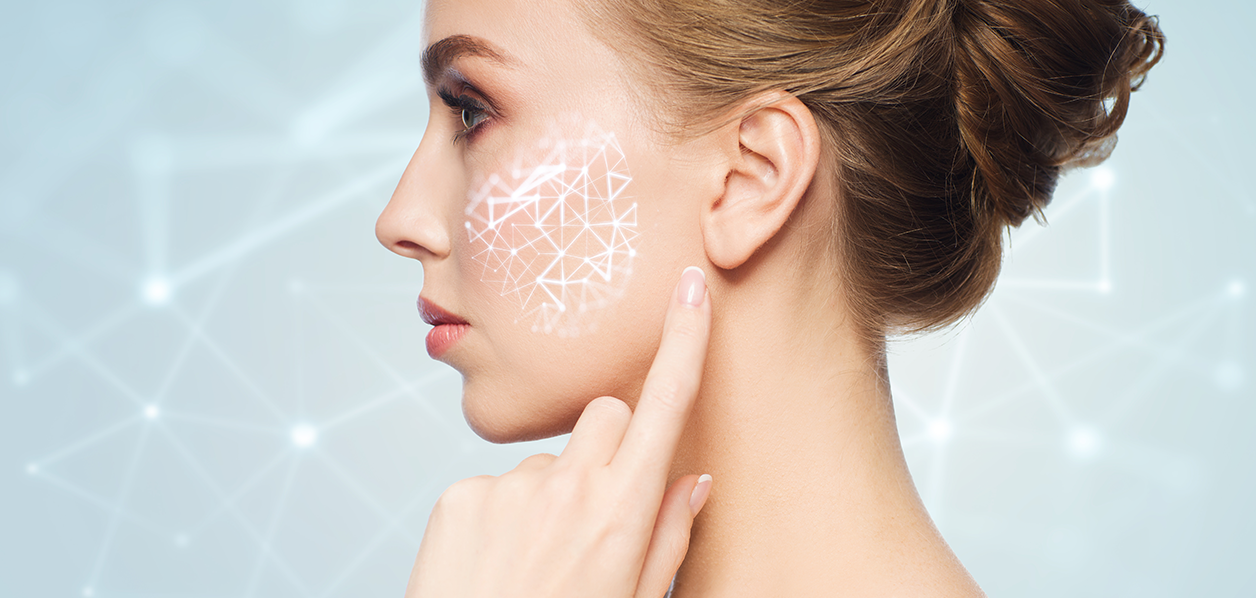New and improved technologies for the beauty, healthcare and wearable tech industries.
As the largest and fast-growing organ of the human body, our skin is more than a mechanical barrier that protects our bodies from the rest of the world. It allows us to sense our environment, regulate our body temperature, and—with the help of technology—give us a window into our health.
The latest skin-focused technologies are designed to meet each individual’s needs and are applicable for everything from the skincare industry to wearable health monitoring sector – of which both growth markets are ripe for disruption.
_1260x600.png)
The art of personalization
Estimated to be worth US$189 billion in 2025 by market research firm Statista, the global skincare market is being driven by rising purchasing power and a growing interest in self-care routines. Traditionally, consumers have been categorised by skin type, namely ‘sensitive’, ‘combination’ or ‘oily.’ However, brands have now begun to focus on personalisation to keep up with increasingly knowledgeable and discerning consumers who are always on the hunt for newer and better products, celebrating differences instead of promoting a one-size-fits-all ideal.
To help skincare companies advance their personalisation services, a company has created a data-driven skin care platform. This one-stop platform makes use of a proprietary portable device that can take detailed images of the skin, using machine learning algorithms to automatically assess skin health before recommending suitable skincare products to its users. Instead of being pigeonholed as one of just three skin types, consumers can thus receive suggestions that are tailored to their unique skin health profiles.
Aside from providing consumers with personalised options and helping aesthetic centres track the effects of their products on consumers, this platform can also guide skincare manufacturers fine-tune their product formulas and enhance their research and development workflow.

Fountain of youth
The personal care market has seen a rise in the use of stem cell extracts in a wide range of skin care products as this potential fountain of youth can be manipulated into specific cells to repair damaged tissues. However, the complex stem cells extraction and propagation process may deter more businesses from adopting this formulation method.
A company has developed a proprietary stem cell isolation, amplification and concentration protocol that yields consistently high-quality extracts of above 90% purity and can be used without immune rejection from its recipient.
Apart from cosmeceutical solutions, the stem cell extracts could also be used for wound healing and other clinical applications. With the wound care market in the Asia Pacific region projected to reach US$3.655 billion by 2025, such stem cell-based treatments could help to meet the demand driven by the rapid increase in chronic diseases, an ageing population and the growing need for better advanced wound care.

Shining a light on health
Hot on the heels of the beauty industry is the wearable technology market, which similarly driven by an increasing focus on wellness, is expected to grow at a compound annual growth rate of 11.3% to reach US$62 billion by 2025.
One particularly exciting technology in the wearables market segment are devices that can non-invasively collect health data from the skin. Optical spectrometers, for example, can accurately measure blood glucose levels by shining a light on the skin. However, the downside is that devices, like optical spectrometers, tend to be too big for use in consumer devices.
That has now changed; a Korean startup has reinvented optical spectrometers to be tiny, affordable and easy to use. Their spectrometer-on-a-chip is 1% of the size of conventional solutions, and yet can measure individual wavelengths of light as little as one nanometre apart. Instead of the optical grating used in conventional spectrometers, this miniature version relies on a bespoke plasmonic filter array that selectively lets specific wavelengths of light pass through based on how they interact with its nanostructure.
This spectrometer-on-a-chip could also be useful to the beauty industry so that consumers can purchase cosmetic products that are suitable for their skin. Other than obvious applications in the wearable technology and skincare space, there are other possibilities in the agriculture and environment industries, such as the monitoring of plant health, food safety, water and air quality.

